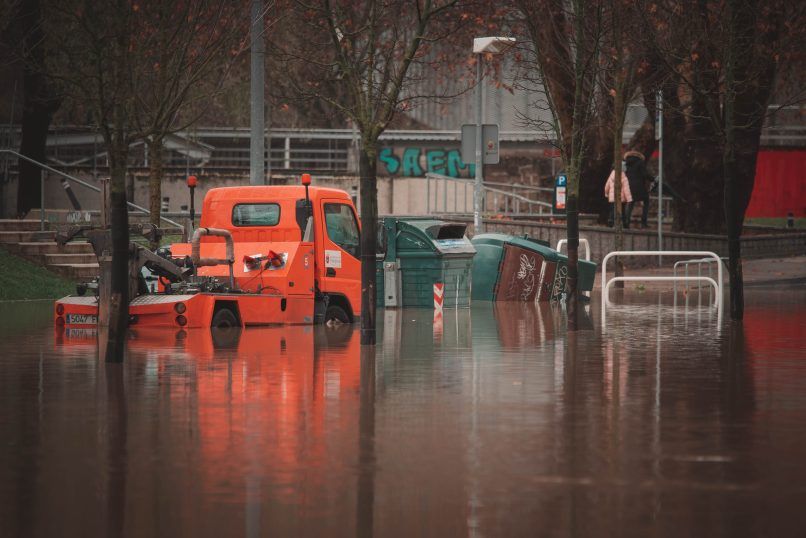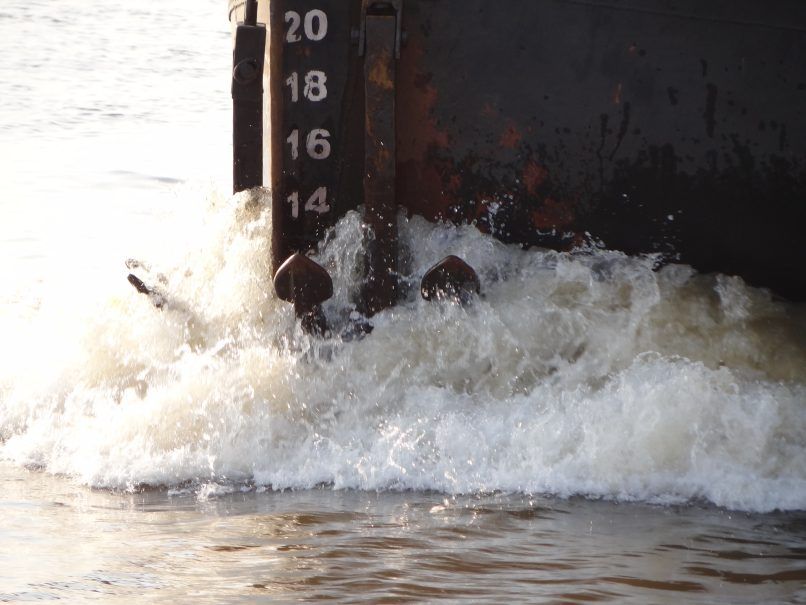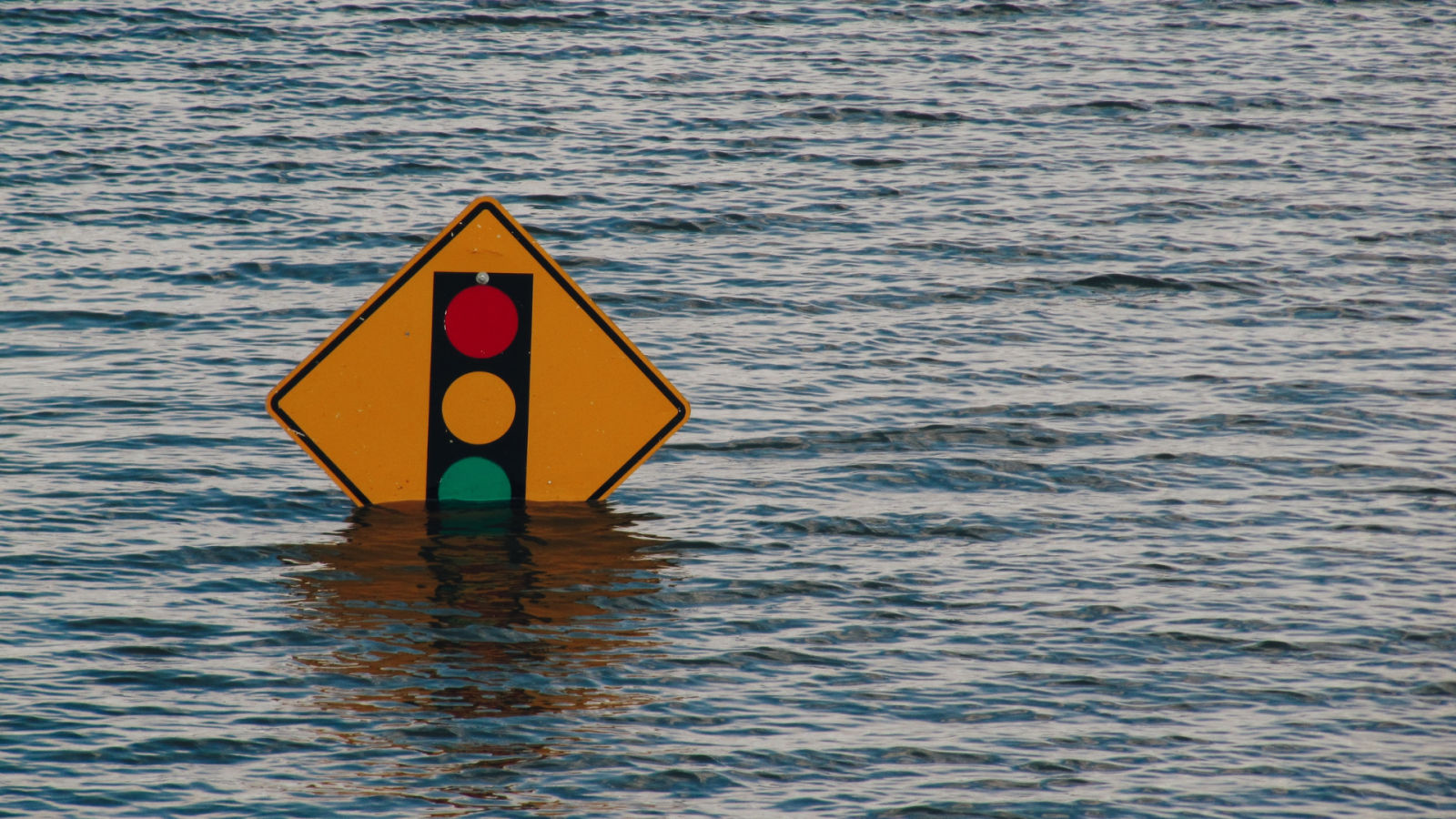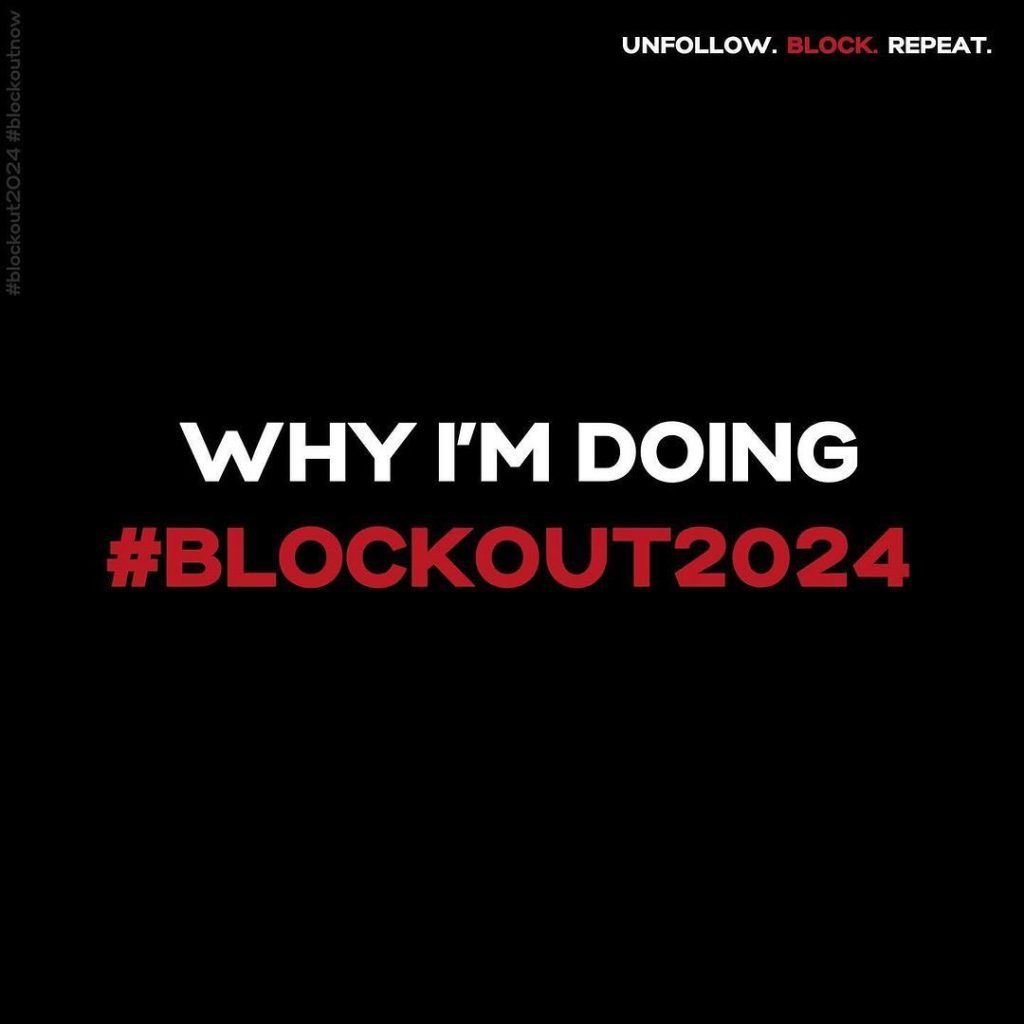Flash floods are a common occurrence in equatorial regions, especially during monsoon season during the later part of the year. With Malaysia expecting heavier rainfall in these last months of 2023, here are some key safety tips to remember.
At this point, almost all Malaysians are no strangers to flash floods that occur with no warning across the Peninsula, as well as in both states of Sabah and Sarawak in East Malaysia. This is especially true in the case of the annual monsoon seasons, which predictably beget heavier rainfall over the country that can further exacerbate the likelihood of these oftentimes devastating natural disasters.
While the country is most commonly associated with blistering heat and sweltering temperatures that hover around the 32-degree Celsius mark, two monsoon seasons that occur annually offer much-needed respite by bringing down temperatures to a substantial amount, ushering in overcast weather to diminish the sun’s potency.
The first, known as the Southwest Monsoon, takes place between the months of April to September. The second, which is the one that raises the most concerns among locals, is the Northeast Monsoon, which begins in October and ends in March of the following year. As explained by the Malaysian Meteorological Department, states along the Malaysian Peninsula’s East Coast, namely Kelantan, Terengganu, Pahang, and East Johor are most prone to flash flood incidents. This is in addition to swathes of Sabah and Sarawak.
However, flash floods have also been increasingly common in the greater Klang Valley area owing to climate change as well as the pollution of drainage systems and rivers. This reached a critical point in 2021 when multiple flash floods struck across the nation after a tropical depression made landfall, leaving 54 people dead while displacing 71,000 individuals.
Given the obvious dangers that flash floods pose, it goes without saying that being prepared is the key to staying safe. In this case, here are a few key points to be mindful of when preparing for a flash flood.
5 tips to help you stay prepared for a flash flood
1. Always be sure to keep alert to the news on social media, television, and the radio
In order to stay prepared, you need to always be on the lookout for updates on the weather. In addition to keeping alert of updates on the news through national broadcasters on the television and radio, make a point of also following the Malaysia Meteorological Department’s official account on X, where they provide timely reports on weather movements and rainfall.
If you live near rivers, always pay attention to the Emergency Alert System (EAS), which will sound in the event that water levels rise to the danger threshold.
2. Be aware of any drainage channels or bodies of water near your area of residence
Understandably, most flash flood occurrences happen closest to bodies of water that have the potential to inundate during periods of heavy rainfall. While we may think this typically refers to strictly natural water sources such as streams and rivers, the same caution should be exerted on drainage channels such as storm drains.

3. Have an emergency plan ready at hand
In the event of a flash flood, every second counts. To ensure that you are not caught blindsided, be sure to have an emergency plan always at hand that you can refer to should the unthinkable happen. Your emergency plan should ideally include these key areas of consideration:
- Where you should evacuate to in the event of a flash flood
- Where you should seek shelter
- How to stay in touch with your family in the instance of a flash flood
- How you should keep your pets safe
- Where you should store your important documents and valuables at home during a flash flood
4. Have an emergency kit ready at hand
Aside from a plan of action, be sure to also have an emergency kit prepared ahead of time. This kit should be placed in a secure but easily accessible part of your home and in your car. Some items to consider adding to the kit include:
- First-aid essentials such as bandages
- Copies of your contact and identification information, which should be laminated to prevent water damage
- Battery-powered peripherals such as a torchlight, and extra batteries to keep it powered
- An external power bank for your smartphone
- A minimum of three days’ worth of canned food and drinkable water. A single individual requires around 4 litres of water a day.
- Spare keys for your own home
- A waterproof bag containing your important documents such as birth certificates and passports
5. Purchase flood insurance for your property and motor vehicle
If you live in areas prone to flash floods, be sure to check if your insurance provides coverage for damages relating to flash floods. The same applies to your motor insurance.
5 tips to help you stay safe during a flash flood
If you find yourself caught in a flash flood, here is what you should do:
1. Immediately seek for higher ground
Do not waste time by waiting on instructions from the authorities. In the case of a flash flood occurring around you, immediately head to higher ground to seek refuge from floodwaters.
2. Do not attempt to swim, walk, or drive through floodwaters
In the event of a flood, always scale vertically and do not make an attempt to wade through the floodwaters on your own, as it can be difficult to gauge how deep the waters can be. If left with no choice, use a long stick to help you gauge the depths of floodwaters before wading through.
Floodwaters can obscure potential dangers underneath, such as rubble or vegetation that can ensnare you and increase your risk of drowning. What’s more, it will only take around 60cm of water to cause vehicles to float, so avoid driving through floods too.

3. Turn off all electrical, propane, and gas sources before evacuating your home
Water conducts electricity, so make a point of turning off the electrical power in your home via the main fuse panel before evacuating to prevent it from posing a danger to others. The same can be said of any gas or propane sources in your home. Be sure to unplug all electrical appliances too.
4. Do not allow your children to play in floodwaters
This goes without saying, but never allow your children to play in floodwaters as it could not only conceal dangers such as sharp objects, but floodwaters may also carry diseases that can increase your child’s risk of exposure.
5. Avoid bridges
Where possible, avoid standing on bridges as there is the likelihood that they can be swept away by strong currents underneath. Always seek for solid ground. If you happen to be driving over a bridge and find yourself stuck during a flash flood, leave your car immediately before floodwaters rise.
Feature and hero image credits: Wolfgang Hasselmann/Unsplash, Kelly Sikkema/Unsplash














